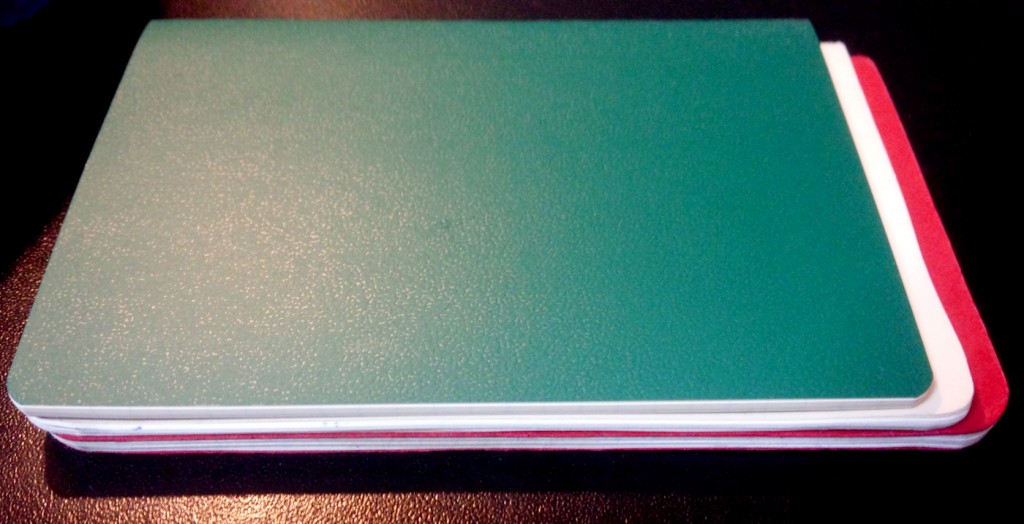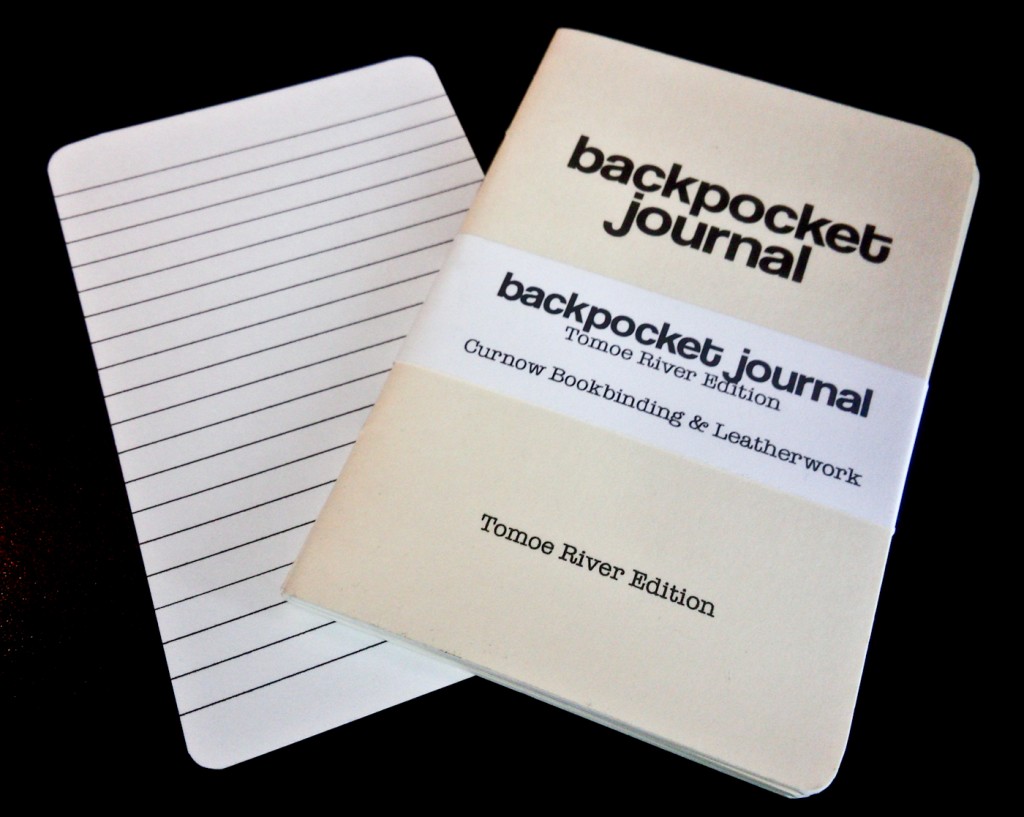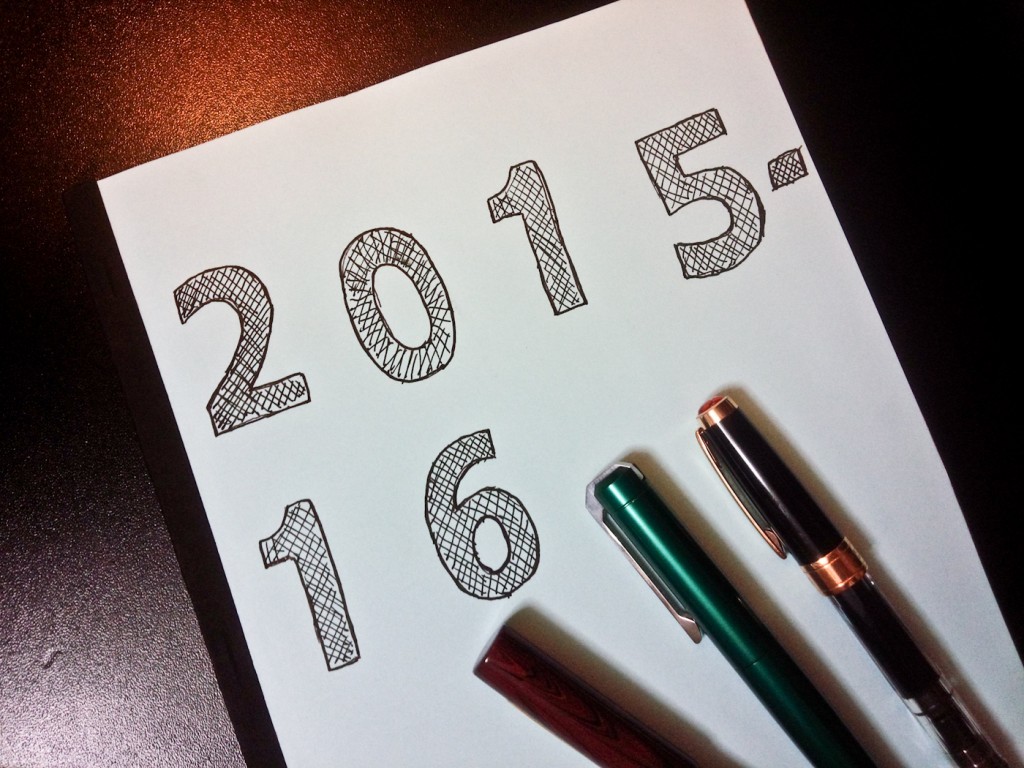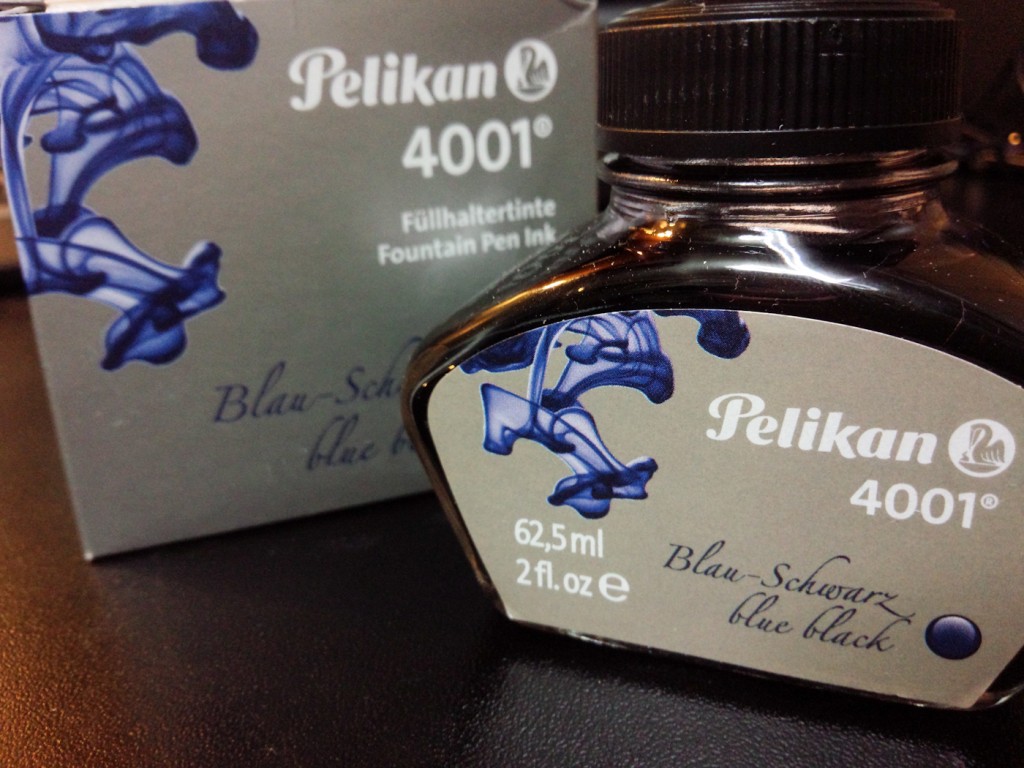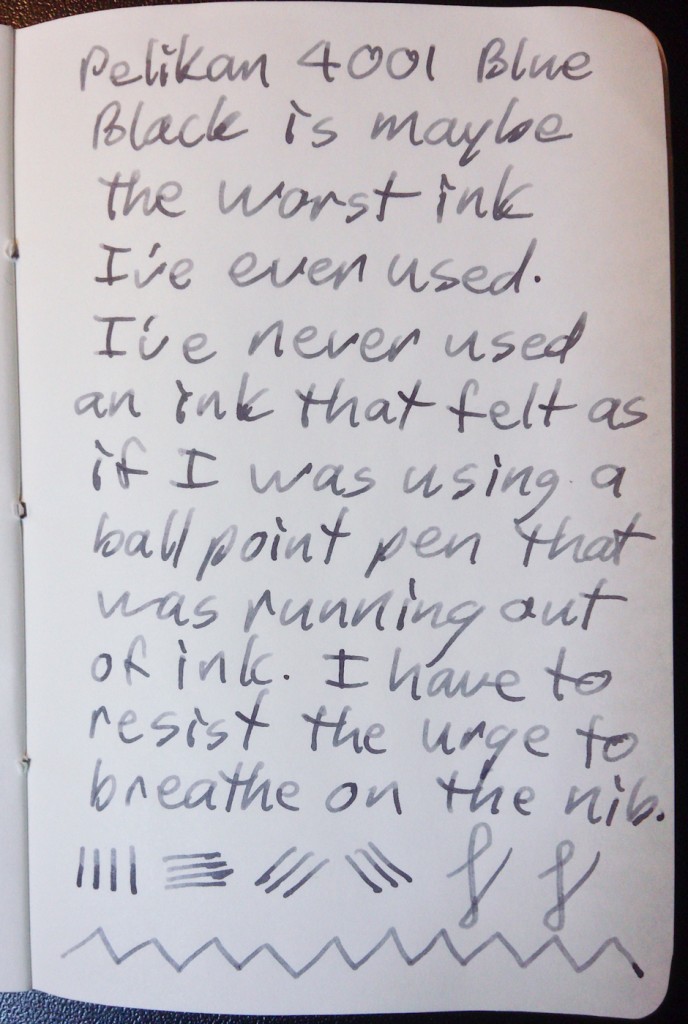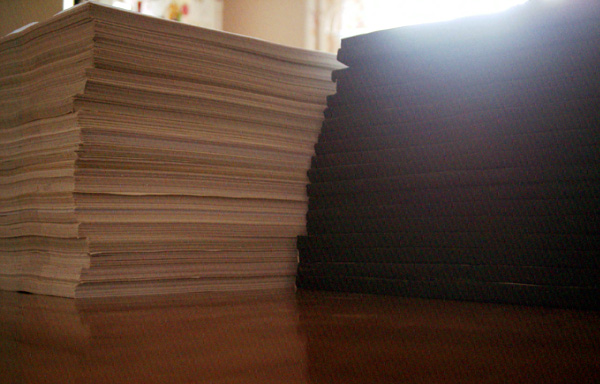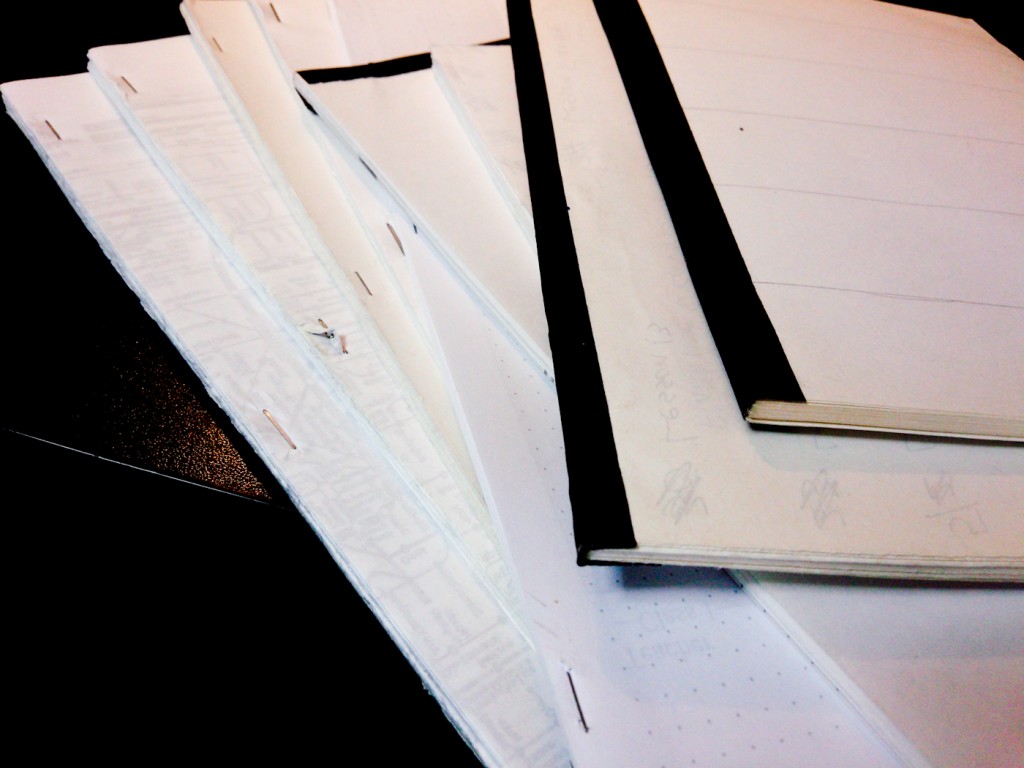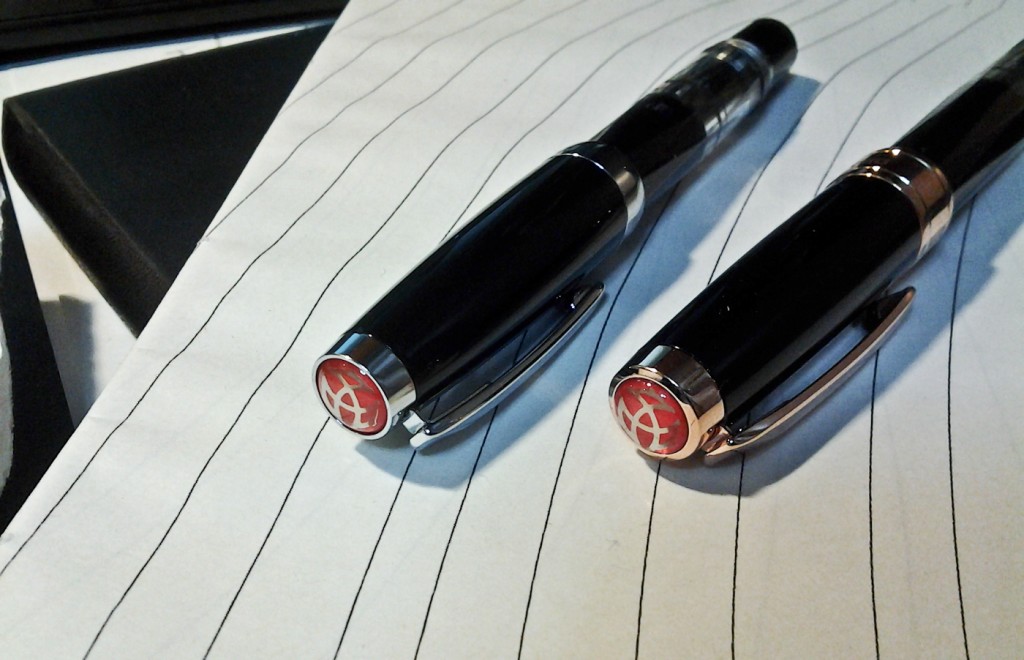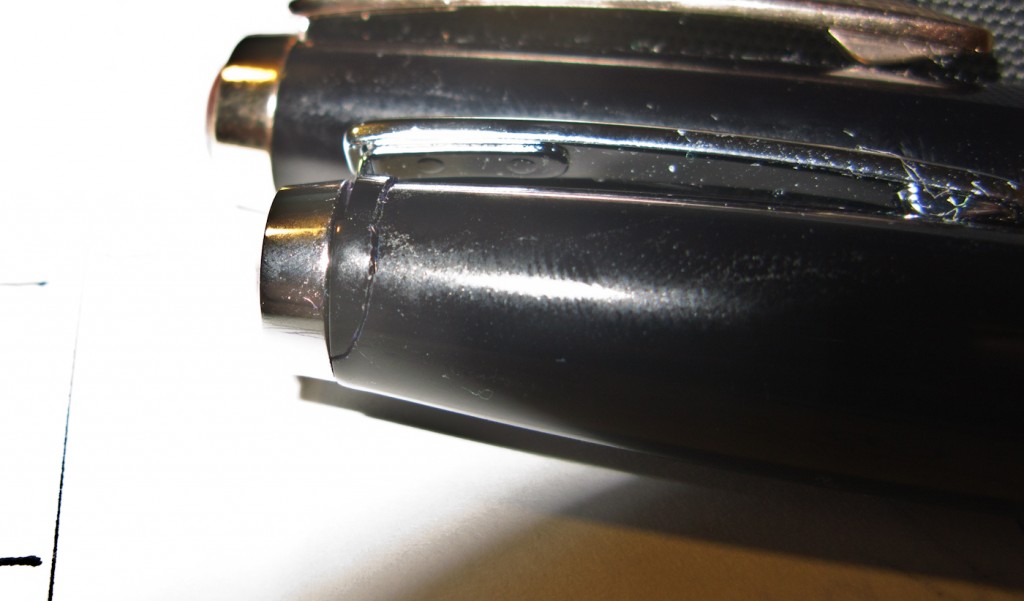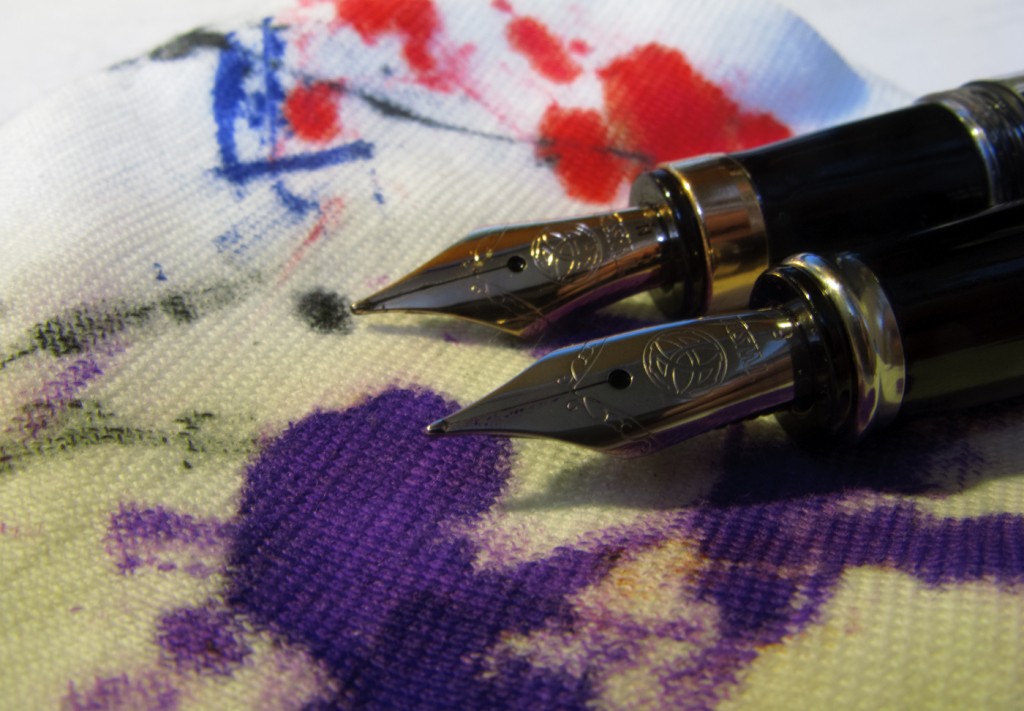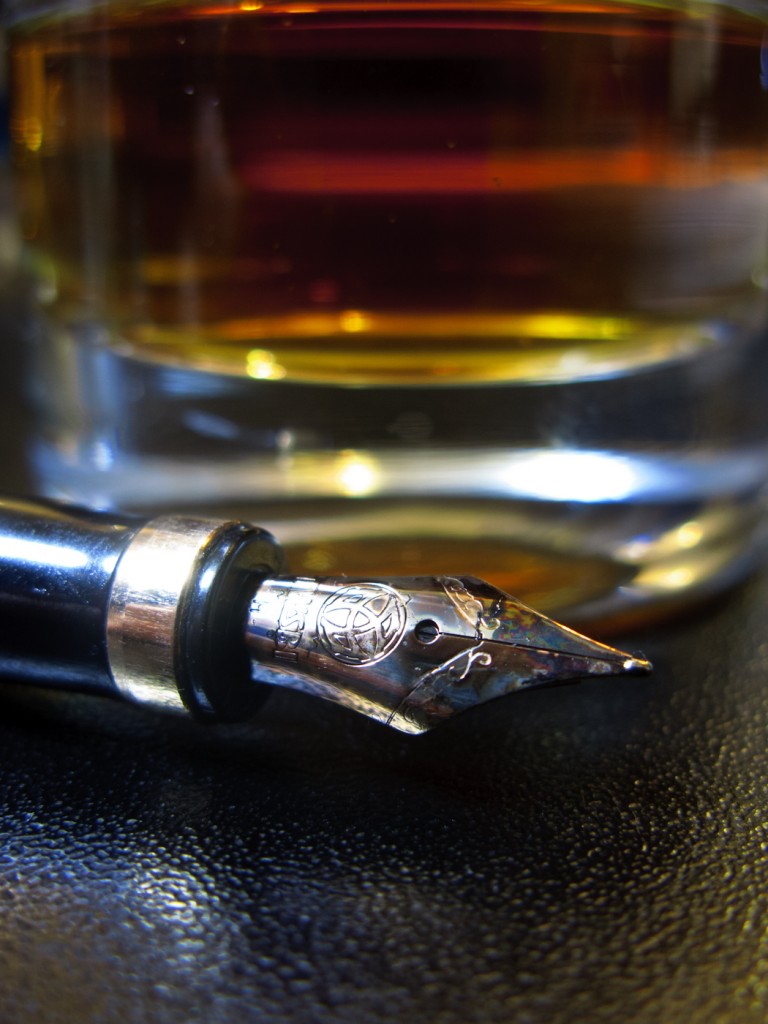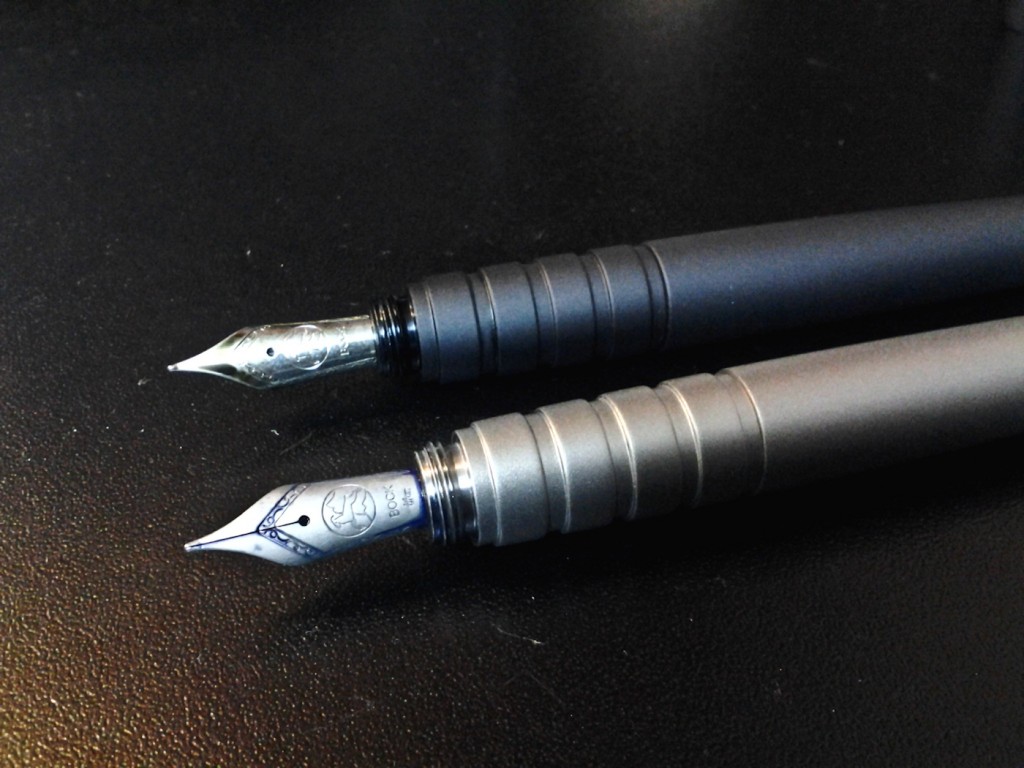I had a plan. Actually, I have a plan, and it’s a good plan except I’ve never been able to put it into action.
The plan is to write these posts earlier in the evening when I’m still feeling the effects of afternoon coffee and have the energy to dedicate to writing and editing, and to taking and editing photos if necessary. It’s all very simple and would allow me more time to read in the evening and get me away from screens before bed.
Unfortunately, that’s not always how things work out; or, more specifically, that not always how I work things.
First there’s the problem of working after work which is a difficult thing to do. My normal habit is to plop down at the computer and do absolutely nothing useful for an hour or so.
(Note: according to my definition “or so” can last anywhere from two hours up to several hours.)
If I’m really looking to waste time and or get frustrated at nothing, I might play a few matches or so in an online game. If the matches go well the “or so” might only be a half hour. If they don’t well, “or so” happens and I either play longer or rage quit. After rage quitting I might actually get some writing done, but none toward these posts.
Eventually we have supper and that’s followed by the nightly ritual of “Arguing With the Genius Teenager Who Knows Everything but Hears Nothing.” The arguments typically involve proper use of an Asus Tablet during study time. (Note: for me there is no proper use.) This typically ends in a victory for me but it’s annoying enough that I need to read something and end up putting off these posts.
Eventually I sit down to write these posts. That process involves 20 minutes or so of staring at the screen going “okay, so now what?” Eventually something gets written.
Next week the goal is to implement a new habit to write these posts earlier and then post them early.
It’s a good plan. The trouble is, it’s lot like all the ones that have come before. Also, I might have a new, for me at least, Asus Tablet to play with and that could complicate things.


